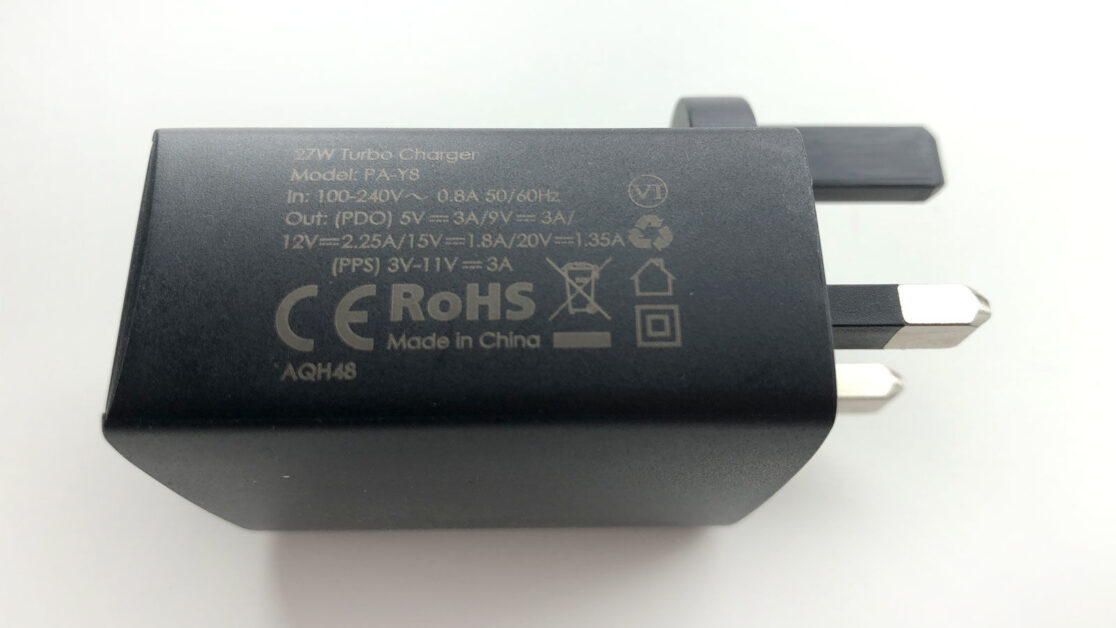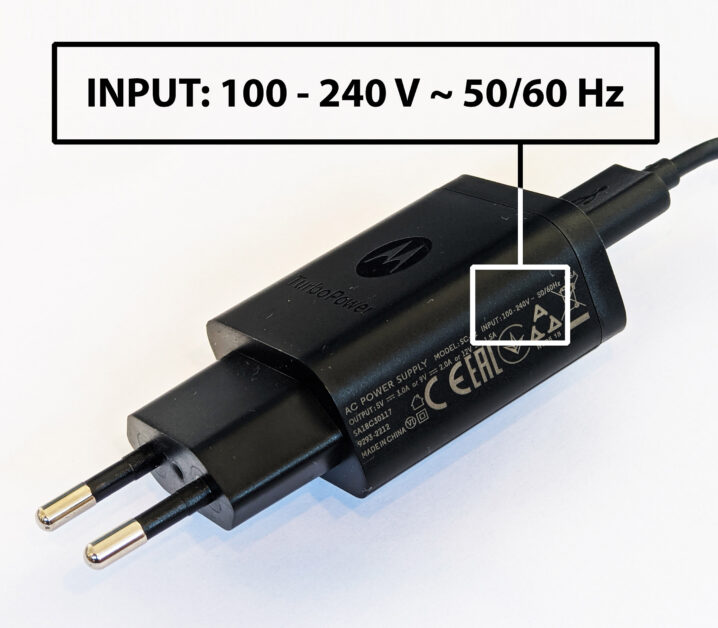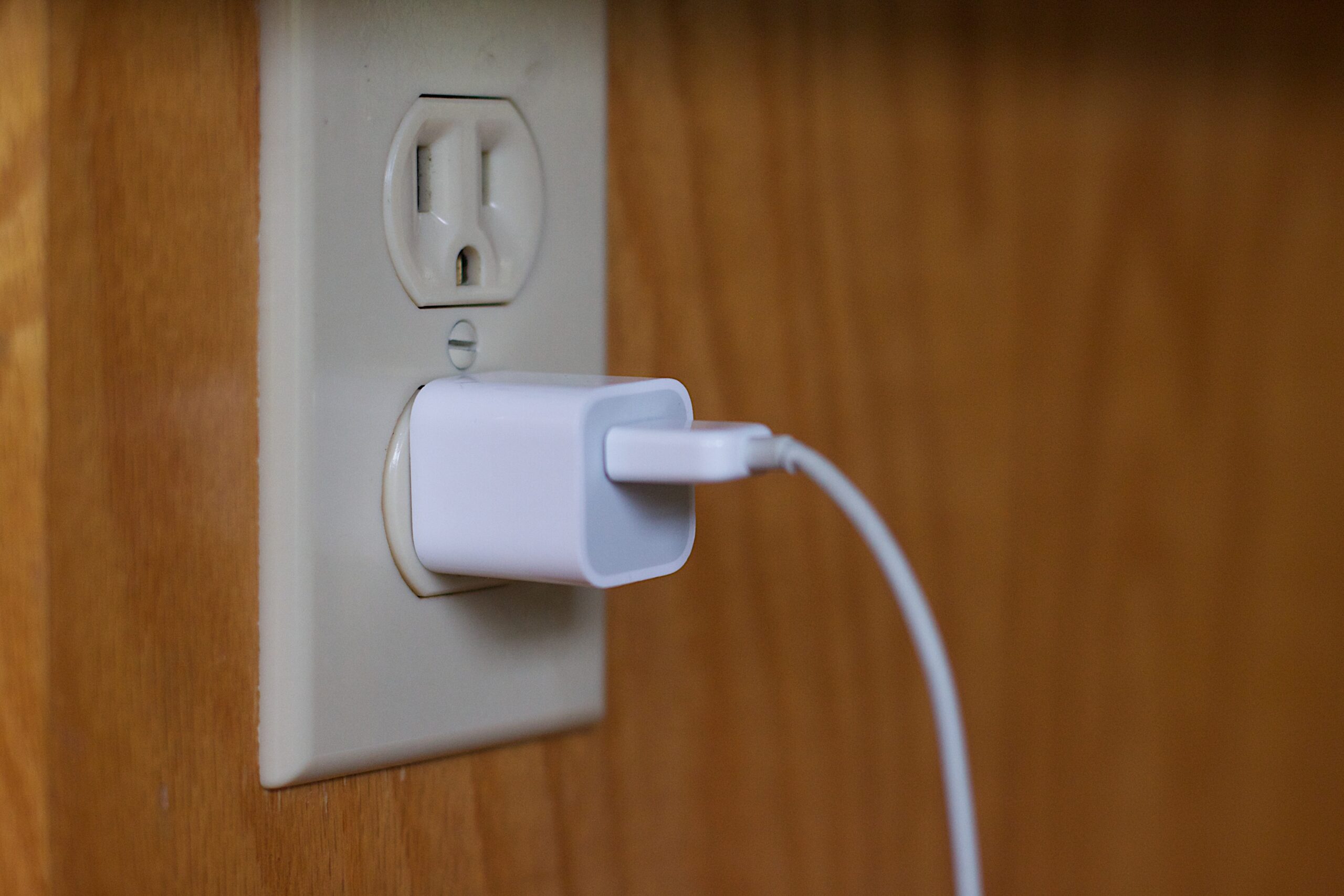Power, current and voltage are basic parameters of electricity. In cables, chargers and power banks, these indicators determine the charging speed of batteries or the electrical supply capacity of devices.
We explain the concepts of power, current (amperage) and voltage (voltage), and how they relate to allow phones, tablets and other gadgets to receive electrical energy.
What is the power in watts of the charger?

Power is a parameter given in watts (W) that indicates the amount of energy that is transferred in a given period of time. In the International System of Units, one watt corresponds to one joule per second.
The more watts there are in a charger (plug adapter), the higher the recharge speed available, as long as the recharged device supports the same power. One that works with 15 W or more is called a turbo charger.
What does the current (amperage) of the cable mean?
Current is a measurement given in ampere (A) that informs the maximum supported electrical charge flow. This flow consists of the number of electrons that go from one atom to another within a period of time. In cables, the current depends on the thickness (gauge) of the wires. The larger the gauge, the greater the number of amps.
This parameter is commonly called “amperage”. But this is just a popular name. The appropriate term for measuring charge flow is “electric current” or simply “current”.
What is the voltage (voltage) on batteries and plug adapters?
Voltage is a quantity reported in volts (V) that indicates the stimulus or force that makes electrical charges move from one point to another. The greater the number of volts, the greater the amount of energy that can pass through a cable or circuit.
Plug adapters (chargers) and components such as batteries can report input and output voltages:
- Input voltage : this is the number of volts that the charger supports, and it must be connected to a socket within this limit. This is the case of a charger with an input voltage of 100 to 240 V that is connected to a 220 V socket;
- Output voltage : this is the number of volts that the charger delivers. The accessory can work with different voltages, such as 3 V, 5 V and 9 V. Thus, the charger will work with the voltage supported by the target device.
The parameter is often called “voltage,” but this is a popular term. “Voltage” or “potential difference” are the most appropriate terms.
What is the frequency (50/60 Hz) on the charger?

Electrical frequency is a parameter given in hertz (Hz) that informs the number of times per second that alternating current (AC) inverts, that is, it alternates between positive and negative. Some countries have a frequency of 50 Hz. Others support 60 Hz. This is why many chargers handle both frequencies.
Chargers for devices such as phones and tablets are generally AC, but there are no relevant differences in performance when using 50 Hz or 60 Hz. What matters is that the charger supports the standard frequency of the region where the user is.
How do I know the power, current and voltage of the charger?
Current is the number accompanied by the letter A (for ampere) that is usually displayed on the outside of the charger, turbo charger or power bank. Voltage consists of the number accompanied by V (volt), generally given together with the current. The accessory can support one or more combinations of the two parameters.
The values to be observed are the output voltage, which usually range up to 20 V. Values such as 100-240 V consist of the input voltage.
It is common for the power value to not be reported. When this occurs, power can be obtained by multiplying voltage by current. On a charger with a voltage of 5 V and a current of 2 A, the power is 10 W (5 x 2).
How powerful is a turbo charger?
A turbo charger is one that provides high power, but there is no standard minimum number for this. Many manufacturers define any charger that works with 15 W or more as turbo, however.
There are several fast charging technologies, each with different powers, such as:
- TurboPower: is Motorola’s fast recharging standard. A charger of this type has at least 20 W of power;
- Fast Charging: this is Samsung’s fast charging, with at least 15 W. Versions with 25 W or more are called Super Fast Charging;
- Quick Charge: is Qualcomm’s fast charging technology. The latest version, Quick Charge 5, supports 100W;
- USB Power Delivery: also called USB PD, is a USB power delivery standard that supports up to 240 W.
Can I use a turbo charger on any phone?
Yes. A turbo charger can recharge the battery of a phone that does not support fast charging, as Motorola explains. In this situation, the accessory works like a common charger, without a fast charging speed, as the procedure tends to be carried out with the basic USB voltage of 5 V.
However, original turbo chargers or those from renowned manufacturers must be used to ensure that recharging does not cause damage to a phone without fast charging technology.
Can I use a power bank with greater power and current than the phone?
Yes. If the power bank has higher power and current, recharging will be done within the watt and amp levels supported by the phone. Thus, if a powerbank has 4 A, but the smartphone supports 2 A, the procedure will follow this latter capacity.
However, it is important to use power banks from renowned brands, which manufacture accessories with components and technical standards that guarantee the safety of the procedure. It is also important to avoid using power banks that have a voltage (in volts) higher than that supported by the phone. Read more on how power banks work.
How do I know how much power my phone is carrying?
On Android, apps like AccuBattery and Ampere give details about power, voltage, current and other parameters of the charging process. On iOS (iPhone), apps like Charger Master provide this information.
Why does my phone take a long time to charge?
Among the factors that make recharging a phone take time are:
- damaged cable or charger;
- low quality cable or charger;
- charger with low power, voltage or current;
- defect in the socket or phone battery;
- background application that demands a lot of processing;
- phone or battery with high temperature.
The use of cables and chargers from renowned brands is always recommended to prevent problems during recharging. Discover other tips for charging your phone faster.
Why is a wireless charger slower than a wall charger?
Wireless chargers compatible with the Qi standard, such as MagSafe for iPhone, or based on similar technologies have less power than cable chargers, which makes recharging slower. Incorrect positioning of the phone and degradation of transmission can also cause slowdowns.

